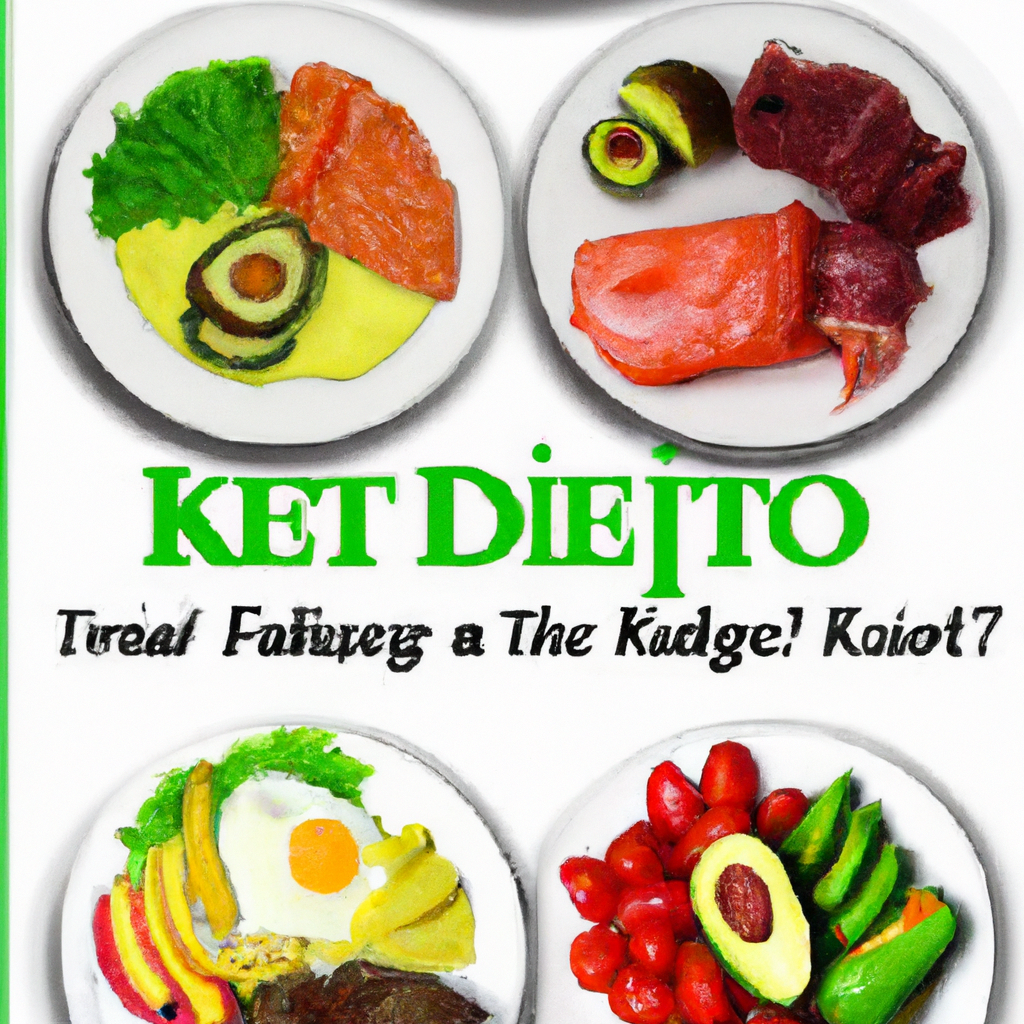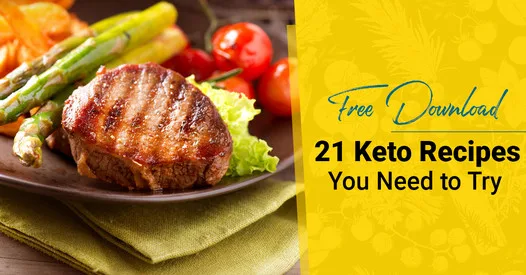You’re probably already aware that both the Paleo and Keto diets are all the rage in the health and wellness world. It’s true, they can be astonishingly effective at helping you shed those stubborn pounds while exponentially increasing your energy levels. But, even though they might appear similar on the surface, there are some fundamental differences between them that could significantly impact which one is right for you. “Understanding the Differences: Paleo vs Keto Diet“, is here to break down those distinctions, decipher the jargon, and help you make an informed decision about what’s best for your body and lifestyle.
Origin and purpose of Paleo and Keto diets
Let’s take a stroll down the aisles of modern-day eating. You might have come across the buzzwords “Paleo” and “Keto” diets. But before you jump on either bandwagon, it’s useful to understand their origin and purpose.
What is Paleo diet
A Paleo diet, often referred to as the ‘Caveman Diet’, is a dietary plan based on foods similar to what might have been eaten during the Paleolithic era. It harkens back to a time when our ancestors were hunter-gatherers, before the advent of agriculture.
Purpose of Paleo diet
Now you might be wondering, why adopt a diet from the Stone Age era? The principle behind Paleo is to return to a way of eating that’s more in sync with how humans are genetically programmed to eat. It aims to eliminate processed food, which is often high in sodium and sugar, leading to numerous health issues.
What is Keto diet
On the other hand, a ketogenic or ‘keto’ diet is low in carbs and high in fats. The goal here is to drastically reduce carbohydrate intake, replacing it with fat. This shortage of carbs puts your body into a metabolic state called “Ketosis”.
Purpose of Keto diet
When your body enters ketosis, your liver produces ketones from fat to use as energy. Subsequently, this leads to weight loss. This diet was initially designed to aid in treating neurological diseases, but it has grown popular over the years for its effectiveness in promoting weight loss.
Key Principles of Paleo Diet
Understanding the principles of the Paleo diet can give you a better grasp of what it entails.
Emphasis on whole foods
The Paleo diet emphasizes whole foods, fresh fruits, and vegetables, lean proteins, and healthy fats, and excludes processed foods.
Focus on lean proteins
Lean proteins, in the form of grass-fed meats, seafood, and eggs, play a vital role in the Paleo diet, providing vital nutrients and giving you a sense of fullness.
Elimination of grains and dairy
As Paleolithic humans were hunter-gatherers, grains and dairy, which are products of agriculture, are omitted from this diet.
Limitations on processed foods and sugars
Processed foods and sugars are strictly off-limits. This prohibition extends to foods made with refined grains and sugars, salt, and trans fats.

Key Principles of Keto Diet
If you’re considering a Keto diet, it’s crucial to understand its fundamental principles.
High fat, low carbohydrate regimen
The Keto diet involves a high intake of fats, moderate protein, and meager carbohydrates, typically in the order of 70-80% fats, 15-25% protein, and 5-10% carbohydrates.
The concept of ketosis
In the Keto diet, the concept of ketosis is paramount. It’s a metabolic state in which the body uses fat rather than glucose from carbs as the primary source of energy.
Types of foods included and excluded
Foods high in fats and low or nil carbohydrates are the core of the Keto diet. These include meat, fatty fish, eggs, butter and cream, cheese, nuts and seeds, avocados, and low-carb vegetables. Anything high in carbs, like bread, pasta, grains, beans, and sugary foods, is a strict no-no.
Similarities between Paleo and Keto Diets
While Paleo and Keto may seem worlds apart, they share some common ground.
Restriction of processed and fast foods
Both diets abhor processed and fast foods. These foods often have minimal nutritional value and are packed with unhealthy additives and preservatives.
Elimination of high sugar and grain products
Highly processed sugary foods and grain-based products are excluded in both diets.
Beneficial for weight loss
As they both emphasize whole foods and cut back on processed foods, both diets can promote weight loss.

Differences between Paleo and Keto Diets
Despite their similarities, Paleo and Keto take different strategies when it comes to weight loss and overall health
Differences in nutrition profile
While both diets restrict carbs, the Keto diet goes a step further, practically eliminating all carbs and depending heavily on fats for daily energy needs. Paleo, on the other hand, allows a more balanced diet.
Distinct approaches to weight loss
Paleo concentrates on overall healthy living and only indirectly promotes weight loss by advocating whole foods. In contrast, the Keto diet is more targeted at quick weight loss through the process of ketosis.
Different impact on energy and performance
While the low-carb nature of the Keto diet may boost fat burning during physical activities, the lack of carbs can also lead to decreased performance. Most Paleo followers report consistent energy levels due to a balanced diet.
Health Benefits of Paleo Diet
The Paleo diet comes brimmed with several health benefits, such as:
Weight management
By focusing on whole foods and excluding processed sugars and grains, the Paleo diet may aid weight management.
Improved heart and general health
The Paleo diet promotes lean proteins, fruits, vegetables and healthy fats, which are beneficial for heart and overall health.
Benefits in managing certain medical conditions
Some studies suggest that the Paleo diet may help manage medical conditions such as diabetes and heart disease.
Health Benefits of Keto Diet
Next up, let’s tap into the health benefits of the Keto diet.
Weight loss and management
The Keto diet can promote quick weight loss by pushing the body into a fat-burning state.
Mitigating impacts on certain health conditions
The Keto diet was originally used to assist in managing epilepsy. There’s also evidence that it may benefit other neurological conditions.
Improving neurological functions
The Keto diet may help to protect the brain and support improved neurological functions.
Impact on the body’s metabolic state
As the body quickly burns fat during ketosis, the Keto diet may aid in managing conditions such as Type 2 Diabetes and PCOS (Polycystic Ovary Syndrome).
Potential Shortcomings of Paleo Diet
Like all diets, the Paleo diet has its potential shortcomings.
Nutritional deficiencies
Since the Paleo diet excludes whole food groups like dairy and grains, it may lead to nutritional deficiencies, such as calcium and vitamin D.
Expensive and challenging to maintain
The emphasis on organic, grass-fed meats and fresh produce may leave your wallet feeling lighter. Plus, it may be hard to maintain strictly in the long run.
Restrictions on dairy and grains
The lack of dairy and grains can be a significant shift for many and can be tough to follow, especially if you love your bowl of daily cereal or cheese.
Potential Shortcomings of Keto Diet
Similarly, the Keto diet has its quirks and challenges.
Keto flu
When first starting the Keto diet, you may experience what’s commonly termed as the “Keto Flu”, which includes symptoms like headaches, fatigue, and nausea.
Long-term impact on gut health
The restriction of many high fiber foods can impact the gut-health negatively.
Challenges in adhering to strict carb limits
Counting net carbs, especially when dining out or at social events, can pose a challenge.
Nutrients deficiencies
The Keto diet may lead to nutrient deficiencies as it excludes many fruits and vegetables that come packed with essential nutrients.
Choosing Between Paleo and Keto
Choosing between Paleo and Keto isn’t a one-size-fits-all scenario. It largely depends on your personal health goals, lifestyle, and nutritional needs.
Understanding personal nutritional needs
Understand what your body needs. Do you need a high protein intake, or are you aiming for rapid weight loss? Answering such questions can help steer your choice.
Lifestyle considerations
Consider your lifestyle. Can you afford expensive organic meat and fresh produce? Are you okay with completely cutting out dairy and grains?
Long-term sustainability
Think sustainability. Which diet is most likely to become a lifestyle rather than a temporary solution?
Consulting a nutritionist or dietitian
Last but not least, consult a nutritionist or dietitian. Professional advice is invaluable and can help avoid any potential pitfalls and ensure you meet your nutritional needs.
The ultimate goal with any diet should be to promote a healthy lifestyle. Choose the one which aligns best with your health goals, nutritional needs, and lifestyle.

